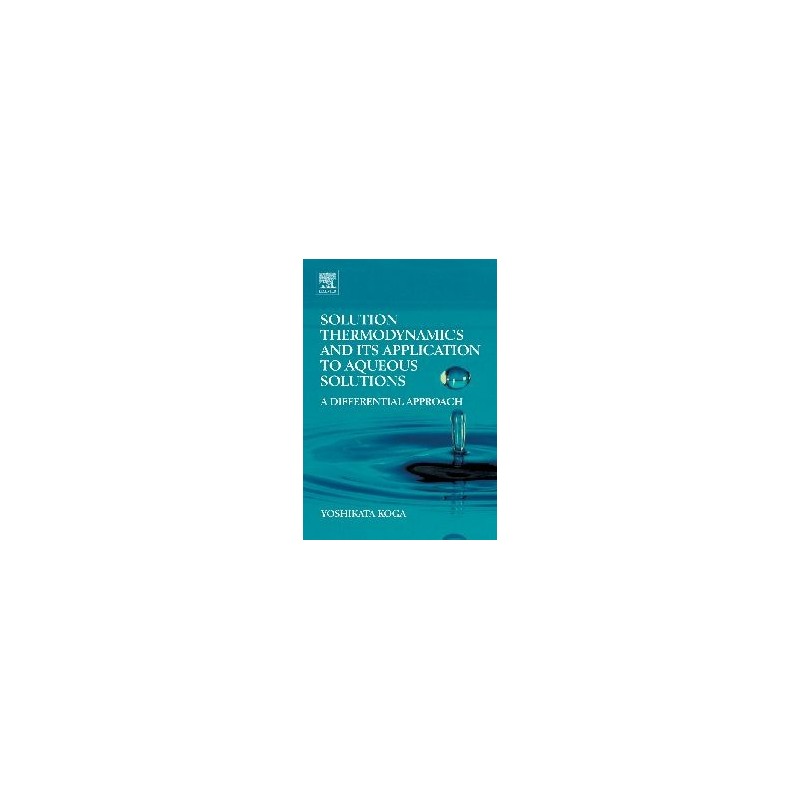- Out-of-Stock



Development kit with Leon Instruments AVR ATxmega128A3U microcontroller. Set in the SMD version - lack of some through-hole components. Opportunity to cooperate with Arduino shields.
No product available!
Module with a 3-color (red, black, white) e-Paper display with a diagonal of 1.54" and a resolution of 152x152 px. The board is equipped with a Grove connector and communicates via the UART interface. Seeed Studio 104020129
No product available!
320x240, 3.2 inch Multicolor Graphic LCD, with touch screen and stand-alone controllers
No product available!
No product available!
LPCXpresso4337 starter board with a dual-core LCP4337 microcontroller (Cortex-M4F + Cortex-M0 +). The set is equipped with a built-in programmer, buttons, diode, SPI Flash quad flash and USB - UART konwetrer
No product available!
Starter kit with RedBoard development board and Qwiic modules: IMU, environmental sensor, GPS module, joystick, accelerometer, keyboard and proximity sensor, MP3 player, relay and OLED display. SparkFun KIT-16262
No product available!
No product available!
No product available!
AVR, 128kB Flash, 8kB RAM, 4kB EEPROM, 2xUART, USB, PWM, SPI, ADC, TQFP64, RoHS
No product available!
No product available!
No product available!
Gearmotor is a powerful 12V brushed DC motor with a 50:1 metal gearbox and an integrated quadrature encoder
No product available!
Graphic LCD 128x64, FSTN, LED backlight (white), enhanced temperature range, PCB 77.8x69.8mm, RoHS
No product available!
No product available!
T1 (3mm) Blue LED with Light Blue Diffused Lens
No product available!
Solarbotics GMPW-Y YELLOW Wheel with Encoder Stripes, Silicone Tire
No product available!

